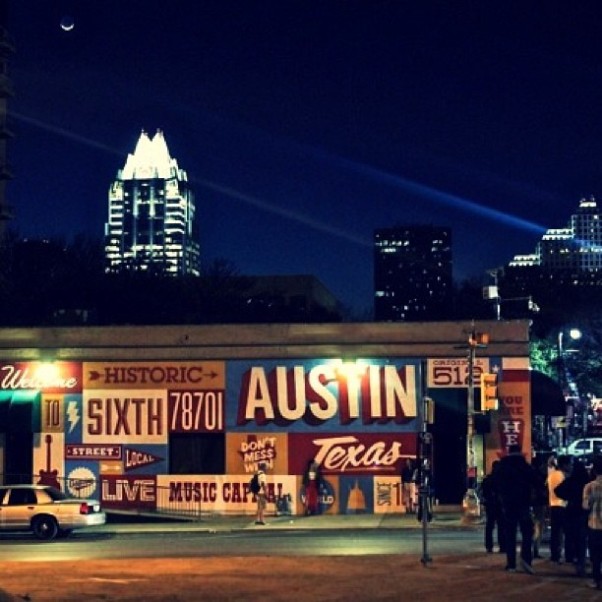Welp. SXSW 2013 has officially come to a close. Geeks, entrepreneurs, artists, and creatives alike managed to take over (overcrowd I-35, consume excessive amounts of beer and brisket, and party with whatever celebrities they could find in) the city of Austin, TX for nearly 2 weeks in hopes of showcasing their work to the world…or just for the sake of going back home with a good story. Whether they actually had a creative outlet to contribute to the SX experience or not wasn’t too much of a big deal; fact: Austin is simply winning due to the shear numbers of people that SXSW attracts with each new year.
The festival originated in 1987 solely as a musical event with a mere 700 registered attendees. Fast forward to 2012, SX’s 26th year of operation, and it accumulated approximately 147,000 SXSW Conference and Festival (Music, Film, and Interactive) participants; a 300,000+ attendee turnout at free-to-the-public functions. This kind of traction is almost unbelievable; and yet, it undoubtedly proves that the impact of SXSW is both economically and culturally important to the city of Austin, TX.
According to a SXSW economic impact analysis from Greyhill Advisors:
“SXSW continues to be the single most profitable event for the City of Austin’s hospitality industry, having been responsible for injecting more than $190.3 million into the Austin economy in 2012. SXSW attendance expenditures (from badge‐holders, industry professionals, wristband holders, festival exhibitors, and single visitors of events as film screenings and music concerts) totaled more than $116.6 million. Additionally, year-round SXSW operations (marketing, branding, promotions, etc.) and event-specific expenditures exceeded $73.7 million…The conference directly booked nearly 11,000 individual hotel reservations, totaling 50,000‐plus room nights—an increase of more than 13 percent over the previous year.”
The numbers for 2013 have not been released as of yet, but I would imagine that they have only increased in correlation with the popularity of the festival itself. With that being said, I think that the perception of what SXSW is today versus what is used to be is also becoming increasingly misconstrued.
It is no longer about finding what is new, different and exciting. The futuristic spirit that once inhabited SXSW unfortunately seems to have been tarnished by corporate dollars.
There is of course something admirable to be said about allowing the public to decide upon the content of next year’s festival; however the “public” has shifted from this group of connected people..to a network of agencies, corporations, top-tier brands, and holding corps. This without doubt, was going to impact the tone of the festival. And it did. – Tim Nolan, Head of BBH Labs
I think that SXSW will continue to act as an economic dependence for the city of Austin, but it’s dwindling exclusivity – for new talents, discoveries, and developments – will at the very least change if not detrimentally impact the nature and growth of the city. At this rate, Austin won’t be weird/indie for much longer.



